It is imperative to be responsible for having a pet but owning a dangerous or wild animal, more so. Snakes, scorpions, spiders, monkeys, and chameleons have become increasingly common pets. The owners of these pets generally treat them with great care and make sure that the said animals are not missing out on whatever they need or want. However, domesticating exotic animals is also highly controversial for the reason that it somehow threatens animal welfare and endangers public health and safety.
These
unique creatures are great companions but usually require extraordinary
nurturing. Truth remains, most exotic animals are better off in their natural
habitat or a zoo, not in our homes. So, if you are thinking of buying an exotic
pet, there are many things that you need to put into consideration before
taking that final step. In hopes of helping you out, we have listed below the
pros and cons of having exotic animals as pets to help you assess whether you
are a perfect match for them.
1. They are charmingly unique

One of the biggest crowd-pullers to owning an exotic pet is the fact that they are incredibly unique compared to other pets. Not just an excellent conversation starter, but great for wildlife awareness.
2. Learning Experience
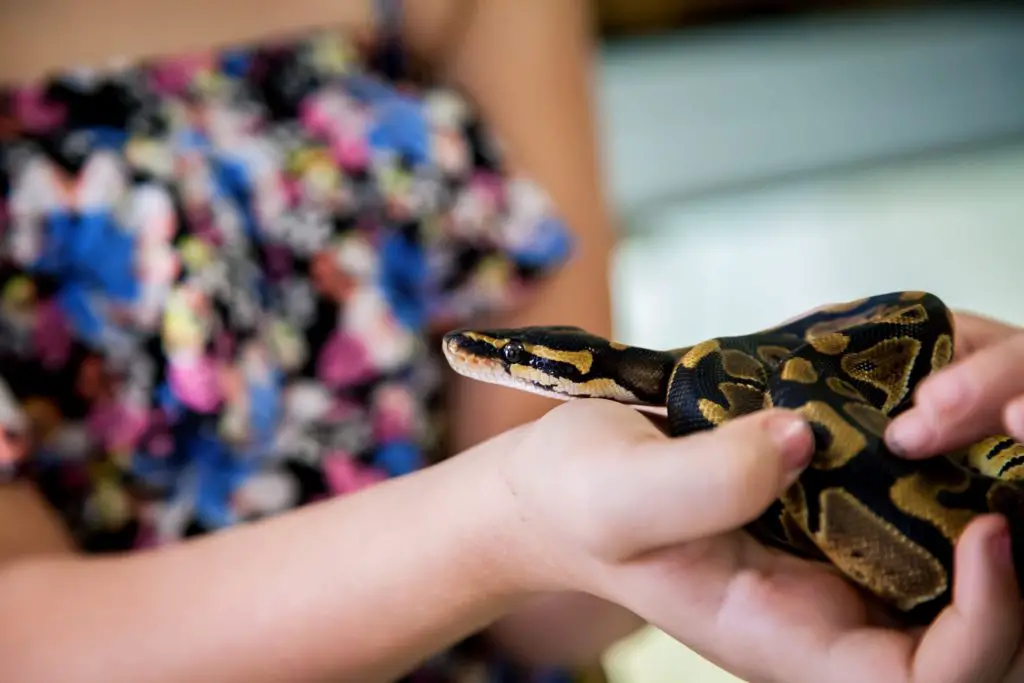
These rare animals are fascinating. From unique behaviors, incredible social interactions with each other, and with us, to weird but charming appearance. They can honestly give us all sorts of new information. Before fully committing yourself to this idea– into exotic pet ownership, be sure that you are armed with sufficient knowledge. Start with the social, nutritional, and environmental needs of the specie/s you are considering so that you don’t end up with a pet whose needs are more than what you bargained for.
3. Most exotic animals that can be domesticated don’t need too much space
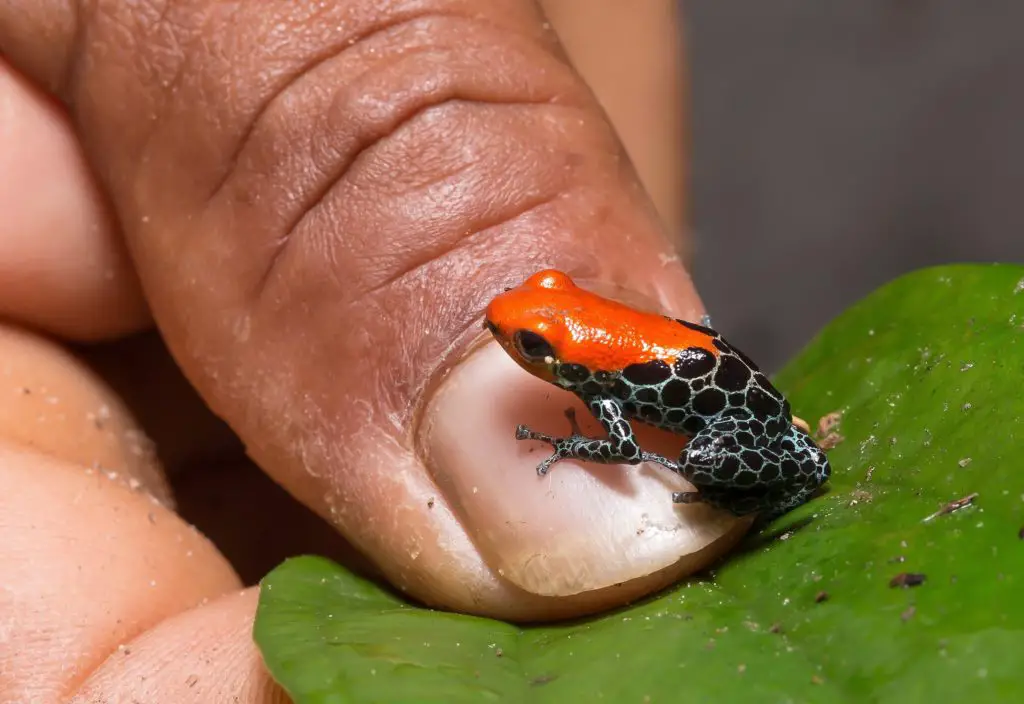
Most city dwellers live in apartments that have limited space. And it is not always smart to have a dog or cat as a pet since they spend a lot of time outside a cage and requires a lot of space, which is unfortunately not an option for many. Small mammals such as a chinchilla, rat, hamster, guinea pig, or gerbil, even a reptile or little bird that can live in a reasonably small cage, might be a more appropriate choice.
4. Avoid the hassle of having to walk them
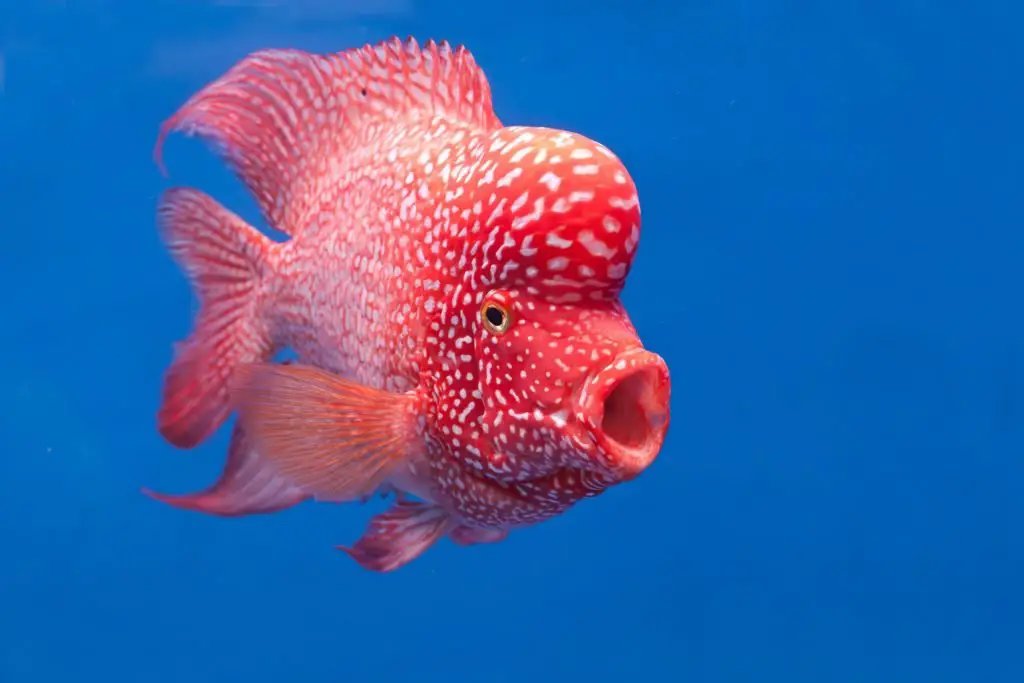
The great thing about keeping exotic animals as pets is that they don’t need to be walked. But it is still necessary for them to be handled; we must not deprive them of the social need that they deserve and need. Most small mammals, reptiles, and birds can adapt to humans’ busy schedules when it comes to “time out of the cage.” In general, for most exotic species, the time you make available is flexible, as long as you set aside a period every day (regularly) to interact with these animals.
5. Longer life– in most cases
One of the saddest realities of having cats or dogs as best friends is their lifespan. Although we appreciate all the joy they have brought us, it still leaves a pang in our jaws, knowing they won’t stay longer than we desire. An average dog lives 10 to 13 years, while cats can reach a minimum of 2 to a maximum of 16 years. There are certain species of exotic animals such as reptiles and large birds that can live for 20 – 40 years, some even more. Of course, with proper care, an appropriate diet, and a living environment that is customized to their particular needs, they will surely live up to their maximum genetic potential.
6. Pretty Much Hypoallergenic
There is no such thing as a hundred percent hypoallergenic animal. However, if you suffer from allergies because of fur and dander– dogs, cats, or other common furry domesticated animals are not for you. You may now start considering exotic animals such as aquatic pets (such as fish, jellyfish, octopi, and seahorses), emperor scorpions, ferrets (they do not shed dander), reptiles, or tarantulas.
7. Low Up keep
A notable character of both dogs and cats is their intimacy with their human. They do not just want attention, but they need it. Some exotic animals in the likes of reptiles are much easier to maintain. Reptiles won’t destroy your furniture or your most recent purchased pillow if they’re not getting enough attention. So long as you remember to feed and care for them regularly. They are all set on their own.
8. Last chance for the home
The
truth remains that wildlife territory has massively decreased due to the
accelerated speed of urban development. And with you providing a home for an
exotic animal which you will acquire legally, it might be its last chance for a
home.
Cons Of Having Exotic Animals As Pets
1. Ethical Concerns
The animal’s welfare is the prime and foremost concern we must all consider. Ensuring proper pet care for a wild animal requires a lot from anyone. From research, adjustment, preparation, investment, creating an environment that is customized to the needs of the animal, to substantial medical care. Despite all these preparations, we can not be entirely sure if the arrangements are adequate for the animal.
2. Exotic pets are not suitable for cuddling
It is not advisable to cuddle a reptile, birds, especially aquatic animals.
3. Some exotic pets are carnivorous
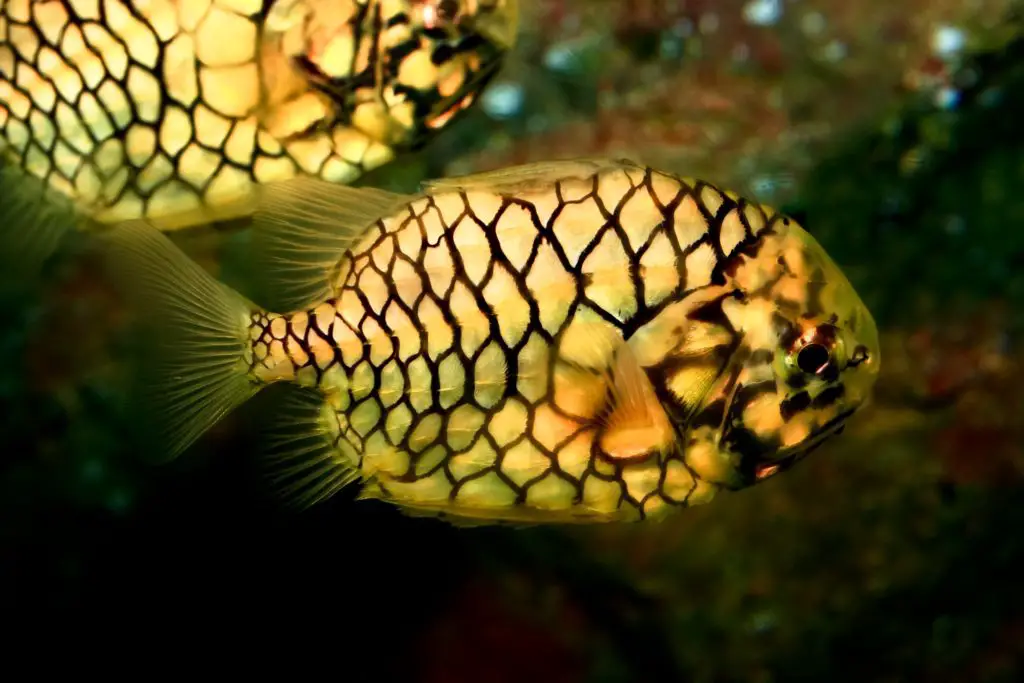
A drawback in keeping an exotic animal is their specific nutritional needs, and most of the time, every species has its personal preference with their meaty meals.
4. Wild Animals may spread infectious diseases and pests
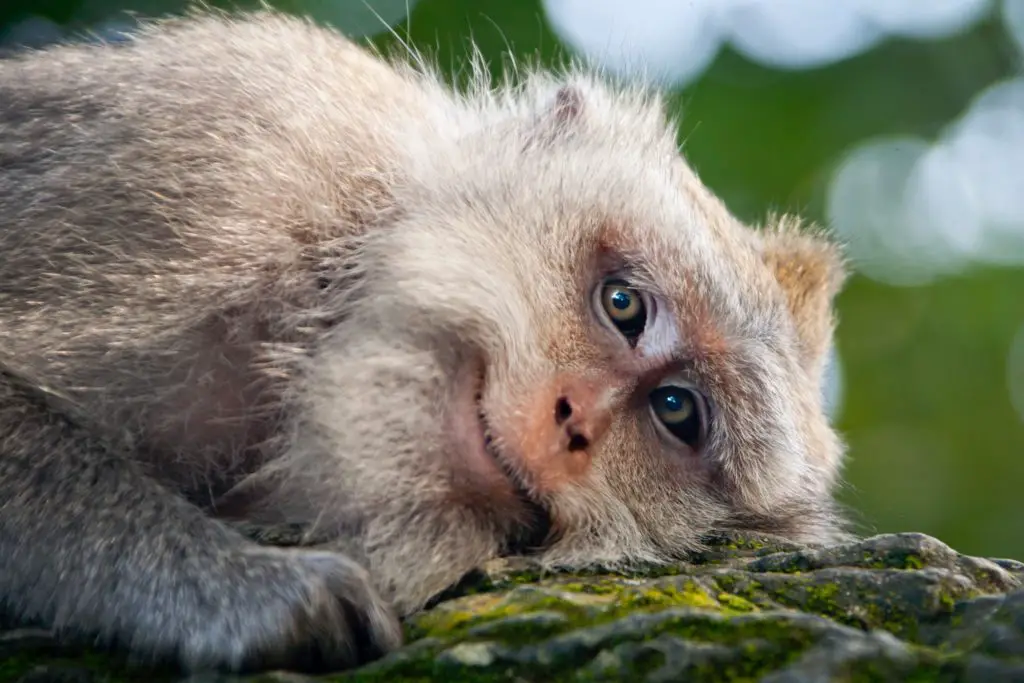
There are a lot of wild animals that carry diseases that are fatal to humans. For example, Salmonella infections are contracted by thousands of people every year due to contact with reptiles or amphibians. In the United States, an outbreak of monkeypox happened in 2003, resulting from pet trades from Africa of Gambian rats who were infected by the disease.
5. They grow up
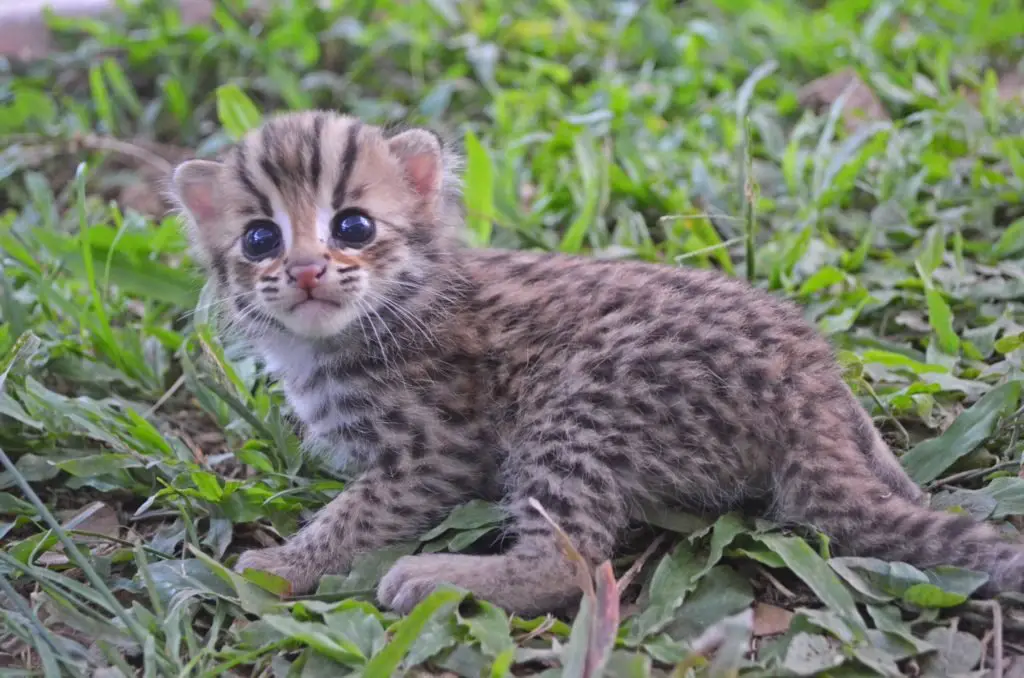
Regardless if an
animal came from the wildest forest, while they are still babies, they are
irresistibly charming. But always keep in mind that these adorable animals grow
up. And some species can become too big and too strong for an owner to care
for. Along with its development is its wild instincts, they might seem innocent
while they are young, but the wild is
still within them.
Conclusion
Be extra considerate of all the measures when it comes to deciding on adopting animals as pets. Weigh the pros and cons of having exotic animals as pets. There is much at risk to it, not only to the animals but also to live and the environment. But if you are deeply invested in this, we’re glad to know that you can provide a home to at least one of them.
Keeping wild animals as pets
Nowadays many of us have pets, such as a cat, a dog, a tortoise or a hamster. However, some people think it is much cooler to keep wild animals as pets. It is not even about exotic birds or rare monkeys — it can be tigers, lions or snakes. Why do people choose to have wild animals as pets? Is it really a cool idea?
The main argument in favour of keeping such pets is that wild animals are interesting to watch and study. Besides, in the forest or deserts many species are in danger, since they may die due to bad weather or lack of food.
On the other hand, wild animals are used to living in their natural environment, and if we take them from there, it will be stressful for them to get used to a new place. Moreover, they need to move a lot, and our flats and houses are not spacious enough. Finally, wild animals are often very dangerous and can pass diseases to people.
As we see, there are both pros and cons to keeping wild animals as pets. It is good that people try to protect wild animals, but we must not forget that it is more comfortable for these creatures to live in their natural habitat than at our homes. Therefore, in my opinion we should not keep wild animals as pets.
____
Сейчас у многих из нас есть домашние животные, такие как кошка, собака, черепаха или хомяк. Тем не менее, некоторые люди думают, что держать диких животных в качестве домашних животных гораздо круче. Речь идет даже не об экзотических птицах или редких обезьянах — это могут быть тигры, львы или змеи. Почему же люди выбирают диких животных в качестве домашних животных? Так ли это классно?
Главный аргумент в пользу содержания таких питомцев заключается в том, что диких животных интересно наблюдать и изучать. Кроме того, в лесу или пустынях многие виды находятся в опасности, так как они могут погибнуть из-за плохой погоды или отсутствия пищи.
С другой стороны, дикие животные привыкли жить в естественной среде, и если мы заберем их оттуда, им будет трудно привыкнуть к новому месту. Более того, им нужно много двигаться, а наши квартиры и дома недостаточно просторны. Наконец, дикие животные часто очень опасны и могут заразить людей болезнями.
Как видим, у содержания диких животных в домашних условиях есть и плюсы и минусы. Хорошо, что люди пытаются защитить диких животных, но мы не должны забывать, что этим существам комфортнее жить в естественной среде обитания, чем в наших домах. Поэтому, на мой взгляд, мы не должны держать диких животных у себя дома.
Представлено сочинение на английском языке Экзотические животные/ Exotic Animals с переводом на русский язык.
| Exotic Animals | Экзотические животные |
| All the animals in the world can be divided into domestic and exotic groups. Domestic animals or pets usually live on a farm very close to people. This includes dogs, cats, horses, roosters, sheep, etc. | Все животные в мире разделяются на домашних и экзотических. Домашние животные или питомцы обычно живут на ферме в непосредственной близости от людей. К ним относятся собаки, кошки, лошади, петухи, овечки и т.д. |
| Exotic or wild animals live in forests, savannahs, jungles, deserts, mountains. They are used to living in the wild. Ideally, each animal should live in its natural habitat, not in the zoo or circus. I sympathize with the wild animals that live in cages. It means that fast cheetahs can’t run around, proud eagles can’t fly as high as they want to, hippos can’t stay in water as much as they like. Basically, kept in captivity, exotic animals can’t roam or show their natural instincts. | Экзотические или дикие животные живут в лесах, саваннах, джунглях, пустынях, горах. Они привыкли жить в условиях дикой природы. В идеале, каждое животное должно жить в естественной среде обитания, а не в зоопарке или цирке. Я сочувствую диким животным, которые живут в клетках. Это означает, что быстрые гепарды не могут бегать, гордые орлы не парят так высоко, как хотят, бегемоты не остаются в воде столько, сколько они хотели бы. В принципе, содержащиеся в неволе экзотические животные, не могут свободно бродить или выражать свои естественные инстинкты. |
| It has lately become popular to keep exotic animals as pets. People purchase snakes, peacocks, tigers, monkeys, crocodiles, poisonous spiders and put them in cages or aquariums. In my opinion, it’s a real torture for poor animals. From the other hand, there are certain exotic animals, which can be kept in domestic conditions. For example, hamsters, turtles, lizards, parrots, mini-monkeys called marmosets. Such animals can feel comfortable in houses. Besides, they bring so much happiness to kids. | В последнее время стало популярным заводить экзотических животных в качестве домашних питомцев. Люди покупают змей, павлинов, тигров, обезьян, крокодилов, ядовитых пауков и помещают их в клетки или аквариумы. На мой взгляд, это настоящая пытка для бедных животных. С другой стороны, есть определенные экзотические животные, которые могут существовать в домашних условиях. Например, хомяки, черепахи, ящерицы, попугаи, мини-обезьянки под названием игрунки. Такие животные могут чувствовать себя комфортно в домах. Кроме того, они приносят столько счастья детям. |
| Unfortunately, there are some disadvantages of keeping exotic animals. Firstly, they can be unpredictable and unfriendly sometimes. For example, I’ve heard of a case when parrot bit its owner’s finger. Secondly, they can carry dangerous bacteria. It is especially true about mice and hamsters. Thirdly, it can be hard to take care of them. And, finally, owning some exotic animals as pets can be against the law. | К сожалению, в содержании экзотических животных есть несколько недостатков. Во-первых, они могут иногда быть непредсказуемыми и недружелюбными. Например, я слышала о случае, когда попугай укусил своего владельца за палец. Во-вторых, они могут быть переносчиками опасных бактерий. В особенности это относится к мышам и хомякам. В-третьих, заботиться о них может быть сложно. И, наконец, иметь некоторых экзотических животных в качестве домашних питомцев, может быть нарушением закона. |
Should people be allowed to keep exotic animals as pets? Should we ban the ownership of wild animals? Do true animal lovers keep exotic pets? Check out the pros and cons and share your opinion!
On netivist we have many open debates and petitions concerning animal abuse and protection (e.g. bullfighting, dolphin hunting, gorillas in zoos). Let’s discuss the possession of exotic pets. Keeping exotic animals as pets has always been a subject of controversy. We are not only referring to the eccentricities of some celebrity owning a lion or a tiger. Exotic pets are very diverse and increasingly common in homes.
Animal lovers are divided. For some of them having an exotic pet is a cool thing and a display of love for the animal. Some owners of unusual pets put great effort into all the paperwork necessary to get their animals authorized as pets. Moreover, they spend a lot of money and time taking care of their pets. Owning a pet is always a responsibility, but owning a dangerous or wild animal more so. For others, allowing exotic pets means endangering wildlife. Snakes, spiders, chameleons, scorpions and monkeys have become increasingly common pets. The owners of these pets in generally treat them with great care and argue these pets have a very pleasant life at their homes. However, the ownership of exotic pets is also highly controversial. Keeping exotic animals as pets threatens public health and safety as well as animal welfare. Wild animals can harm humans and spread diseases.
Pros and cons of exotic pets
Let’s have a look at the arguments proposed by people in favor of exotic pets ownership:
- Many of these pets don’t need neither much space, nor daily walks or shows of affection, for example reptiles, spiders, insects…
- Dogs and cats usually live many years. Some exotic pets have shorter lifespans, which means they are less of a long term commitment for their owner.
- As some exotic pets, such as amphibians or reptiles, don’t have fur they are more convenient for people with allergies.
- Some exotic pets have other advantages like pest control (lizards), fiber production (alpaca), eggs (quails), etc.
- There is a great diversity of wild animals, so any owner can find a pet that suits her/his needs.
- Owners of exotic animals usually learn a lot about them so that they can take care of them properly. Knowledge usually makes people more open minded and interesting.
- Adopting wild animals can be a good way of protecting some endangered species which otherwise would struggle to survive in their original habitat.
Many activists and animal rights advocates staunchly oppose keeping exotic animal as pets and argue:
- Exotic animals are wild animals. They have not been domesticated and selected during thousands of years like dogs (30.000 years) and cats (5.000 years). So even if they are owned since birth and tamed, they are still wild, with their own instincts and needs. In consequence, they often suffer while being kept as pets
- Some of these animals are very dangerous. If they escape, they can endanger family and neighbors.
- Some wild animals may carry infections and diseases.
- Some animals (parrots, for example) have very long lifespans and mean a very long term commitment for owners.
- Many of exotic pets have specific needs, not only physical (temperature, light, food, space, housing) but also mental needs (monkey, parrots). If any of these needs is not fulfilled, they will suffer. If these animals develop mental disorders they may become violent and destructive.
- It is sometimes difficult to find the right professional or veterinary doctor who could advice on the best ways to take care of the exotic pet.
- There is an important illegal market around wild animals and exotic pets. There are criminal organizations that are hunting and mistreating animals in order to serve the demand for these fancy pets. Some endangered species are particularly sensible to this threat.
Should exotic animals be kept as pets or should the ownership of wild animals be banned? Vote in our poll and share your views and experiences with unusual pets. Comment in our forum to raise awareness about the pros and cons of owning exotic pets.
If you change your mind, you can change your vote simply by clicking on another option.
Keeping wild animals as pets
Nowadays many of us have pets, such as a cat, a dog, a tortoise or a hamster. However, some people think it is cool to keep wild animals as pets. It is not even about exotic birds or rare monkeys — it can be tigers, lions or snakes. Why do people choose to have wild animals as pets? Is it really a cool idea?
On the one hand, wild animals kept as pets are interesting to watch and study. Besides, in the forest or deserts many species are in danger, since they may die due to bad weather or lack of food.
On the other hand, wild animals are used to living in their natural environment, and if we take them from there, it will be stressful for them to get used to a new place. Moreover, they need to move a lot, and our flats and houses are not spacious enough. Finally, wild animals are often very dangerous and can pass diseases to people.
As we see, there are both pros and cons to keeping wild animals as pets. It is good that people try to protect wild animals, but we must not forget that it is more comfortable for wild animals to live in their natural habitat than at our homes. Therefore, in my opinion we should not keep wild animals as pets.
0

Want your persuasive essay to elaborate on why people shouldn’t be allowed to keep exotic animals as pets? There are services that can help you find relative arguments. Check this TOP-10 list
Almost no one, except perhaps the richest people, can provide a wild animal with all its necessary conditions. Exotic animals have unique needs. For example, wild tigers need a large territory to roam around in. A venomous Monocled cobra, which can be legally bought in a number of states for a puny $100, will repeatedly strike when feeling in danger. A bobcat can hunt a prey eight times bigger than itself. Chimpanzees and other primates require a lot of space for climbing, and sea mammals need vast water basins to swim freely. The examples are numerous. These needs require specific living conditions—or at least housing structures. Can an average American citizen afford keeping an exotic pet? Not just for a year or two, but for 25 or 50 years? Just for an example, the annual cost of keeping a tiger (in a cage) approaches $6,000. Clearly, being a keeper of a wild animal is beyond the capabilities of an average citizen (National Geographic).
If the previous paragraph did not persuade you, consider the danger of biological contamination. According to different estimates, at least one in three reptiles (which are among the most popular exotic pets—iguanas, for example) is a host for salmonella and shigella bacteria; the overall percentage with salmonella is probably up to 90 percent. According to data provided by the U.S. Fish and Wildlife Service, 90 percent of imported green iguanas carry unfamiliar strains of intestinal bacteria. Other species are not safer. About 25 percent of both imported and domestically-bred macaques are reported to have had the herpes B virus. Among other diseases carried and transported by wild animals, one should mention such infections as chlamydia, yaba virus, giardia, tuberculosis, measles, marburg virus, hepatitis A, campylobacteriosis, rabies, streptothricosis, and a lot of other malicious microorganisms, including worms (ASPCA).
In addition, wild animals can pose a direct physical threat to their owners. During the last 10 years, there have been dozens of attacks committed by captive big cats, such as lions and tigers; in one of the saddest incidents, a tiger killed a three-year-old boy, who was its guardian’s grandson. In another case, a Bengal tiger has bitten off an arm of a four-year-old boy. Since the beginning of the century, four people were hunted down (and killed) by wolf hybrids. This is not to mention the cases when wild animals attacked other domesticated pets—cats, dogs, and so on (PETA).
Along with well-known ecological problems—such as the extinction of species, or the destruction of rainforests, there is also another significant issue: people tend to keep exotic wild animals as pets. This is a bad practice, since wild animals require unique conditions that an average American cannot afford; exotic animals carry and transmit exotic diseases, which can pose a threat to owners; and there were numerous incidents when a captivated wild animal attacked its owner, or members of their families. All this is solid proof in favor of the claim that wild exotic animals should not be kept as pets.
There are many examples of persuasive essays like this on the Internet. However, according to the assignment writing service review, the best samples can be found on the specific platforms with academic works. Som don’t limit yourself from checking those out.
References
“Wild at Home: Exotic Animals as Pets.” Nat Geo WILD. N.p., 03 Oct. 2012. Web. 11 Aug. 2015. <http://channel.nationalgeographic.com/wild/animal-intervention/articles/wild-at-home-exotic-animals-as-pets/>
“Exotic Animals as Pets.” ASPCA. N.p., n.d. Web. 11 Aug. 2015. <https://www.aspca.org/adopt/adoption-tips/exotic-animals-pets>
“Exotic Animals as ‘Pets’” PETA. N.p., n.d. Web. 11 Aug. 2015. <http://www.peta.org/issues/animals-in-entertainment/exotic-animals-pets/>
Follow us on Reddit for more insights and updates.
Задания Д40 C2 № 9157
Выберите только ОДНО из двух предложенных высказываний и выразите своё мнение по предложенной проблеме согласно данному плану.
Comment on one of the following statements.
1. Distant learning saves students a lot of time.
2. Wild exotic animals should not be kept as pets.
What is your opinion? Do you agree with this statement? Write 200–250 words.
Use the following plan:
— make an introduction (state the problem paraphrasing the given statement);
— express your personal opinion and give 2–3 reasons for your opinion;
— express an opposing opinion and give 1–2 reasons for this opposing opinion;
— explain why you do not agree with the opposing opinion;
— make a conclusion restating your position.
Спрятать пояснение
Пояснение.
Чтобы успешно написать высказывание с элементами рассуждения следует:
— строить высказывания в соответствии с предложенным планом;
— начинать введение с общего представления темы и предложения, отображающего ее проблемный характер;
— во введении необходимо перефразировать тему/проблему, используя синонимичные выражения;
— в основной части сначала высказать свое мнение и аргументировать его, затем представить точки зрения других людей и дать аргументацию, почему с ними не согласны;
— приводя контраргументы, отстаивая свою точку зрения, желательно использовать перифраз, синонимию;
— в заключительном абзаце еще раз указать на проблемный характер темы, показать, что вы способны видеть и другие точки зрения, тем не менее ваша кажется вам более убедительной;
— делить текст на абзацы, которые отражают содержательную и логическую структуру текста;
— сделать введение и заключение приблизительно одинаковыми по объему;
— разбить основную часть как минимум на два абзаца, приблизительно одинаковых по размеру;
— следить за тем, чтобы общий объем основной части был не меньше общего объема введения и заключения;
— особое внимание уделять средствам логической связи текста, как внутри предложения, так и между предложениями.
После выполнения задания уделите внимание проверке и подсчету количества слов (должно быть 200—250 слов).
Приведем пример эссе.
Wild exotic animals should not be kept as pets.
The issue of keeping exotic animals as pets is becoming more and more burning nowadays. Some people believe it’s absolutely acceptable, while others strongly disagree and fight for the legal actions to be taken against the owners of exotic animals.
I personally think that wild animals should stay in the wilderness. For one thing, people cannot provide proper conditions for their wild pets, therefore the life of a pet becomes miserable, which might lead to serious health problems of the animal. Another issue is the risk of being hurt by the wild animal – no one can be completely sure that the pet brought from the wild nature is absolutely friendly to humans: there is a serious risk of being attacked.
Nevertheless, some people believe that having an exotic pet is absolutely normal and shouldn’t be considered strange by anyone. They treat wild animals as regular pets, such as dogs or cats, and don’t see any risk in having them. Moreover, some of them argue that their pet would have died in the wilderness if not for the humans who saved it.
To sum up, I’d like to say that while I can understand the reason behind taking a sick animal and helping it, I believe this help should be provided by professionals only. In all the other cases wild animals should stay out in the wild – this is where they belong.
Спрятать критерии
Критерии проверки:
| Критерий | Критерии оценивания ответа на задание С2 | Баллы |
|---|---|---|
| K1 | Решение коммуникативной задачи | |
| Задание выполнено полностью: содержание отражает полно и точно все аспекты, указанные в задании; стилевое оформление речи выбрано правильно (допускается 1 нарушение нейтрального стиля) |
3 | |
| Задание выполнено в основном: но 1—2 аспекта содержания, указанные в задании, раскрыты не полностью или неточно; стилевое оформление речи в основном правильно (допускается 2—3 нарушения нейтрального стиля) |
2 | |
| Задание выполнено не полностью: в содержании не раскрыты 1–2 аспекта, ИЛИ 3–4 аспекта содержания раскрыты неполно или неточно, ИЛИ 1 аспект не раскрыт, и 1–2 аспекта содержания раскрыты неполно или неточно; имеются ошибки в стилевом оформлении речи (допускается 4 нарушения нейтрального стиля) |
1 | |
| Задание не выполнено: все случаи, не указанные в оценивании на 1, 2 и 3 балла, ИЛИ ответ не соответствует требуемому объёму, ИЛИ более 30% ответа имеет непродуктивный характер (т.е. текстуально совпадает с опубликованным источником) |
0 | |
| K2 | Организация текста | |
| Высказывание логично; средства логической связи использованы правильно; структура текста соответствует предложенному плану; текст правильно разделён на абзацы | 3 | |
| Высказывание в основном логично (имеются 1—2 логические ошибки), И/ИЛИ имеются 1—2 недостатка при использовании средств логической связи, И/ИЛИ имеются 1—2 отклонения от плана в структуре высказывания, И/ИЛИ имеются 1—2 недостатка при делении текста на абзацы |
2 | |
| В высказывании имеются 3—4 логические ошибки, И/ИЛИ имеются 3—4 ошибки в использовании средств логической связи, И/ИЛИ имеются 3—4 отклонения от предложенного плана; имеются 3—4 недостатка в делении текста на абзацы | 1 | |
| В высказывании имеются 5 и более логических ошибок, И/ИЛИ имеются 5 и более ошибок в использовании средств логической связи, И/ИЛИ предложенный план ответа полностью не соблюдается, И/ИЛИ деление текста на абзацы отсутствует | 0 | |
| K3 | Лексика | |
| Используемый словарный запас соответствует высокому уровню сложности задания; практически нет нарушений в использовании лексики (допускается 1 лексическая ошибка) | 3 | |
| Используемый словарный запас соответствует высокому уровню сложности задания, однако встречаются 2—3 лексические ошибки, ИЛИ словарный запас ограничен, но лексика использована правильно | 2 | |
| Используемый словарный запас не вполне соответствует высокому уровню сложности задания, в тексте имеются 4 лексические ошибки | 1 | |
| Используемый словарный запас не соответствует высокому уровню сложности задания, в тексте имеются 5 и более лексических ошибок | 0 | |
| K4 | Грамматика | |
| Используемые грамматические средства соответствуют высокому уровню сложности задания, нарушений практически нет (допускаются 1—2 не повторяющиеся грамматические ошибки) | 3 | |
| Используемые грамматические средства соответствуют высокому уровню сложности задания, однако в тексте имеются 3—4 грамматические ошибки | 2 | |
| Используемые грамматические средства не вполне соответствуют высокому уровню сложности задания, в тексте имеются 5—7 грамматических ошибок | 1 | |
| Используемые грамматические средства не соответствуют высокому уровню сложности задания, имеются 8 и более грамматических ошибок | 0 | |
| K5 | Орфография и пунктуация | |
| Орфографические ошибки практически отсутствуют. Текст разделён на предложения с правильным пунктуационным оформлением (допускаются 1 орфографическая И/ИЛИ 1 пунктуационная ошибка) | 2 | |
| В тексте имеются 2—4 орфографические И/ИЛИ пунктуационные ошибки | 1 | |
| В тексте имеются 5 и более орфографических И/ИЛИ пунктуационных ошибок | 0 | |
| Максимальное количество баллов | 14 |

